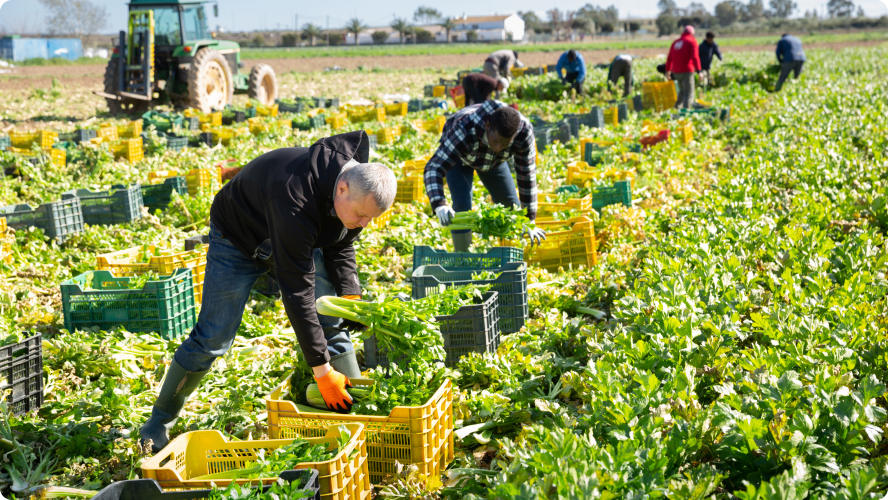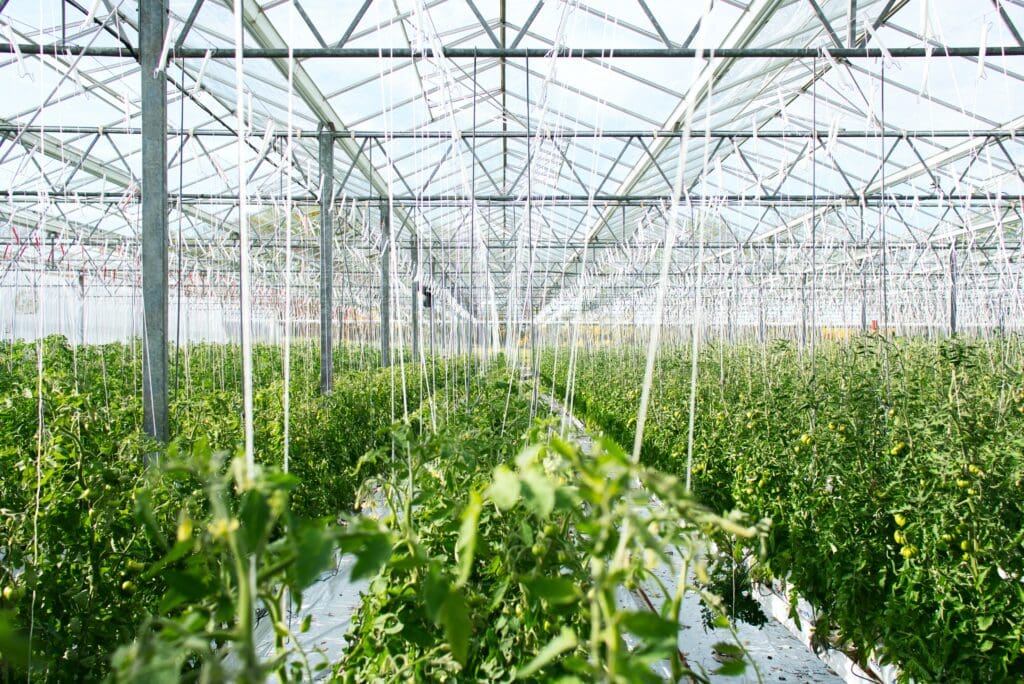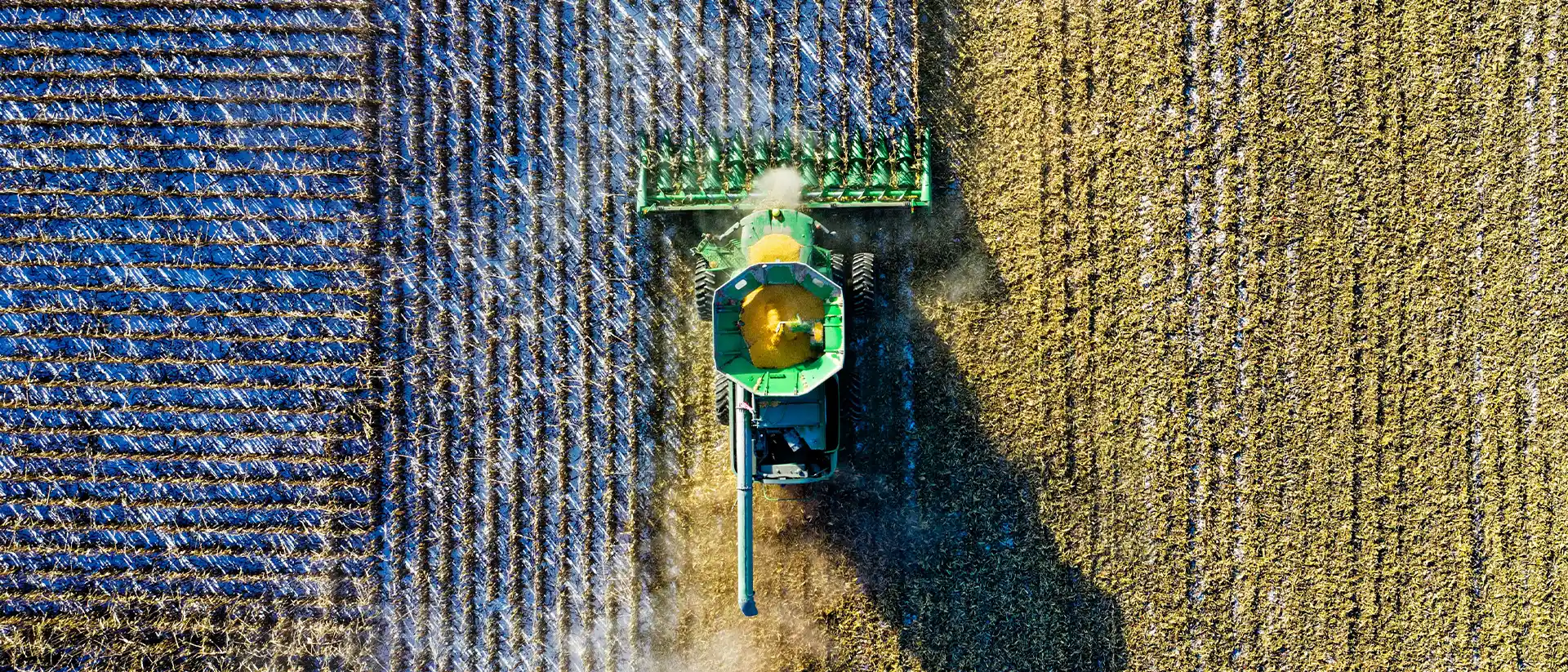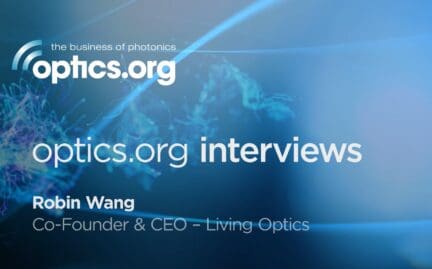The domestication of plants and animals over 10,000 years ago marks the beginning of civilisation, with humans transitioning from nomadic hunter-gatherer societies to permanent settlements capable of generating food that sustains larger groups. But, while agriculture is the oldest industry on the planet, modern practices are firmly rooted in modern technology.
Today, agriculture uses a range of technologies, from ever-advancing farming equipment and automation to state-of-the-art data collection and smart decision-making. Where farmers once relied on intuition and the knowledge passed down from previous generations, now they can turn to data in order to make the best decision available to them.
Through weather forecasts, soil analysis, crop inspections, and more, modern agricultural practices collect data to enhance yields and reduce waste. This is precisely where hyperspectral imaging (HSI) comes into play.
HSI is finding significant use across the agriculture industry as it opens up an entirely new dataset for farmers to work with. By moving beyond traditional RGB cameras to image crops and farmland in far greater detail, HSI provides the data needed to enhance output while limiting waste.
Successfully integrating HSI systems into agricultural practices makes it possible to track key properties over time, finding the optimal treatment for a crop as variables or environmental conditions change.
Not only does this information optimise potential yields while reducing the required resources, but it also limits the effects of disease and better predicts the shelf life of agricultural products, factors growing in importance given the changing world.
The growing pressure on the agriculture industry
In November 2022, the global population passed 8 billion, meaning the number of people on the planet has more than tripled since 1950 (2.5 billion). That is a lot more people for the world’s farmers to feed, with estimates the population will reach 9.7 billion in 2050.
This growing population and the negative impact of climate change (e.g., decreased soil quality, less farmable land, etc.) are placing significant pressure on the agriculture industry. Sustaining a growing global population while the planet’s changing climate creates new challenges requires agriculture to continually evolve, finding new ways to improve efficiency and increase yield.
Beyond increasing output, agriculture can also find ways to better manage what it already produces. The UN Environment Programme’s Food Waste Index Report 2021 found nearly one billion tonnes of food is wasted annually.
This represents a failure on behalf of consumers and both the agriculture and retail industries (14% of waste happens between harvest and retail). Wasting food when so many in the world remain undernourished and wasting resources, generating greenhouse gas emissions during a tipping point for the planet’s climate.
Hyperspectral imaging offers a range of use cases to optimise farming methods and develop new practices for feeding the world’s population today and in the future.

Hyperspectral imaging agricultural use cases
Precision agriculture
Farmers can make informed decisions about optimising resource allocation by analysing hyperspectral data. HSI allows farmers to track key crop metrics across a field to determine the ideal timing for irrigation, fertiliser application, and harvesting based on each location’s needs.
Disease and pest detection
HSI helps detect plant diseases and pests early, identifying subtle changes in plant physiology caused by infections or infestations. Farmers can swiftly implement targeted control measures with this information, limiting the impact and preserving more crops.
Quality assessment
Analysing hyperspectral data allows farmers to assess the quality and maturity of their products. It helps determine the optimal harvest time for fruits, vegetables, and grains, ensuring better flavour, nutritional value, and marketability.
Hyperspectral imaging in controlled environment agriculture
CEA refers to growing crops in an enclosed “clean room” style environment where the farmer has complete control over the ecological factors. It is often used in vertical farming and indoor container growing systems.
Many CEA operations have fully integrated RGB cameras to track crop growth and determine the best environmental conditions (heat, light, water, nutrients, etc.) to optimise output. Replacing just some of these cameras with hyperspectral sensors would deliver the data needed to better track plant growth and uncover new crop properties critical to yield and quality.
While RGB cameras see the outside layers of the plant, HSI systems can see inside to track the crop’s health within. An RGB camera only detects problems once they become visible to the naked eye. In contrast, HSI detects changes in the spectral output of crops and how they react to new environmental conditions. Something easily tweaked to optimise yield, given the managed nature of CEA.

HSI has a range of potential benefits for CEA:
- Plant monitoring: HSI detects even tiny changes in plant health by analysing its spectral signatures. This allows farmers to identify stress factors such as nutrient deficiencies, diseases, and pests early, enabling targeted interventions.
- Crop yield estimation: The reflectance patterns of crops, imaged by hyperspectral sensors, help estimate crop yields and predict harvest quality. This information assists in optimising crop management strategies and improving overall productivity.
- Nutrient management: With HSI determining the nutrient status of plants, farmers can monitor uptake and adjust fertilisation practices accordingly, ensuring optimal plant growth and minimising resource wastage.
- Water stress detection: A critical factor in CEA, HSI identifies water stress to improve water management and irrigation scheduling.
Given its more confined and managed nature, HSI is an ideal addition to CEA. It offers a non-destructive, precise, and real-time monitoring system delivering the insights farmers need for smart, data-driven decision-making.
The Living Optics solution
Living Optics is on a mission to democratise hyperspectral imaging, providing a simple, affordable, and accessible solution for any farmer who wants one. We’re developing machines more accurate, more autonomous, and more useful, to get hyperspectral data into the hands of the people who need it the most. To learn more schedule a demo.



